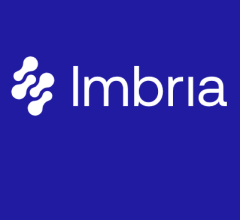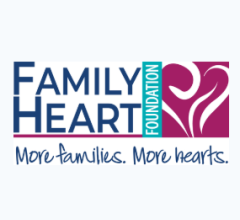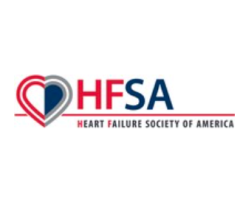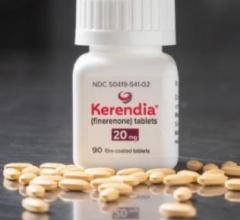
Getty Images
June 1, 2023 — Every year more than one million people receive a pacemaker. Until now, leadless versions were only available for 20% of these patients. However, thanks to an international consortium led by Amsterdam UMC, an improved version will soon be available for all patients. The results of this clinical trial are published in the New England Journal of Medicine.
Research from Amsterdam UMC has succeeded in further revolutionizing the wireless pacemaker. The improved version can now be placed in both the atrium and the ventricle of the heart. Thanks to this innovation a larger group of patients can be fitted with a wireless pacemaker.
Ten years ago, Amsterdam UMC laid the foundations for the development of the wireless pacemaker. At the time a huge innovation on the traditional pacemaker, that sits above the skin and reaches the heart muscle with a wire. However, until now, a wireless pacemaker could only be placed in one cavity of the heart, the ventricle. Therefore, it was only suitable for a small proportion of patients with a slow heart rhythm. Now, the aforementioned clinical trial shows that a device can also be implanted in the atrium of the heart.
Electric Pulses
Lead researcher Reinoud Knops, professor of electrophysiology at Amsterdam UMC says “Most patients need a pacemaker that works in both the atrium and the ventricle for optimal contraction of the heart. Before now, that wasn't possible as it is very complicated to place two mini pacemakers that can communicate with each other wirelessly. After thorough research and testing, we managed to make it possible. This means that those who need a pacemaker will soon be able to count on a new treatment."
The new system consists of two pacemakers, one in the atrium and one in the ventricle, which communicate with each other via electrical pulses. These pacemakers were implanted for the first time in 300 people who were then followed for a minimum of three months. The results of this study showed that the treatment is safe, and that the system works well.
The Size of a Vitamin
Pacemakers have been a basic treatment for patients with a slow heart rhythm for many years. Traditional pacemakers consist of a subcutaneous box under the collarbone with a wire connected to the heart by a vein. But these cables are fragile and can break, become detached from the heart, or become infected. This can lead to patients having to go back to the hospital for another operation. For this reason, Amsterdam UMC developed a mini pacemaker without a box or wiring ten years ago, which is the size of a vitamin. This is implanted through the vein and placed in its entirety in the heart.
The Dual Leadless Mini Pacemaker, developed together with Abbott Laboratories is seeking approval CE Mark for use in the EU. This approval is expected at the beginning of 2024. In the US, FDA approval is expected in the third quarter of 2023.
For more information: https://www.amsterdamumc.org/en

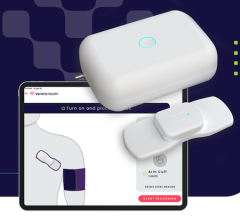
 October 28, 2025
October 28, 2025 
